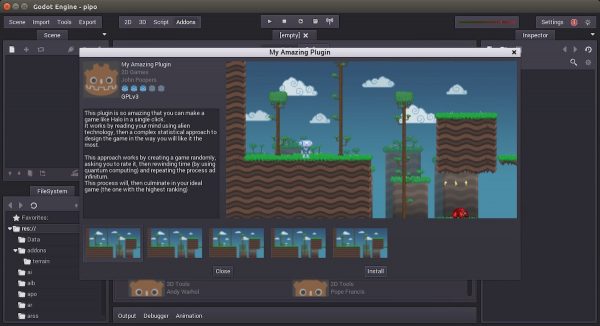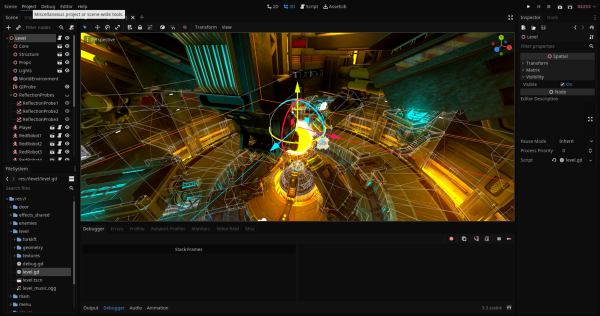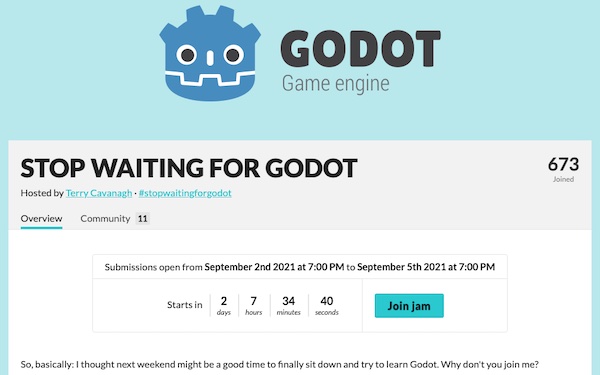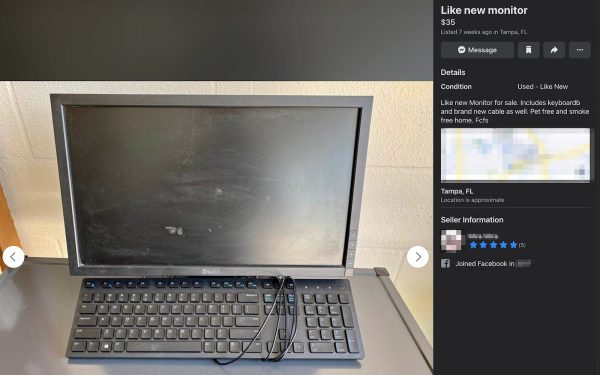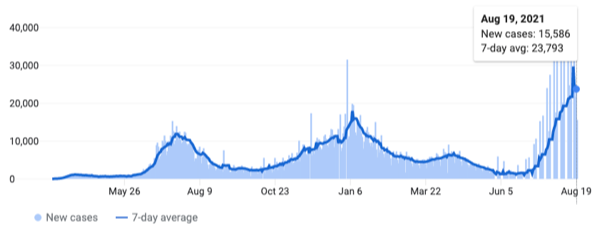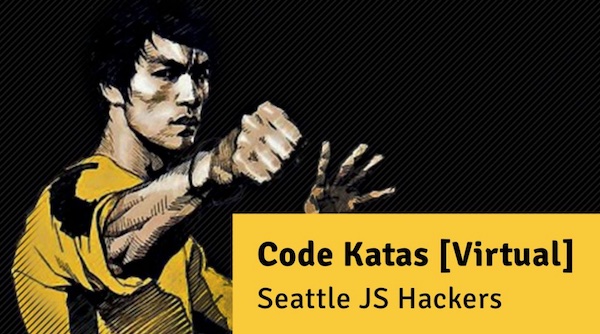Who’s Terry Cavanaugh?

Terry Cavanaugh is an indie game developer based in Monaghan, Ireland. His portfolio includes the commercial games Dicey Dungeons…
…Super Hexagon (which is super-hard)…
…and VVVVVV (which is frustrating and maddening in the best possible way):
He’s also behind some freeware gems, including At a Distance, Don’t Look Back, and Tiny Heist.
What’s Godot Game Engine?
Godot Game Engine is an free-as-in-beer, free-as-in-speech game engine for developing 2D and 3D games for desktop, web, mobile, and XR platforms.
(In case you’re wondering, it’s pronounced “Go-DOH”, and the name comes from the Samuel Beckett’s absurdist play Waiting for Godot.)
You code Godot games in C, C++, C#, and their own Python-like language, GDScript.
Here’s the list of Godot Game Engine’s “pros” from gamedesigning.org:
- Platform integration: you can easily upload creations to different platforms. If you want to get your project out easily and quickly, this is an option for you.
- Constantly updated: The developers are hard at work updating Godot. Since it’s free, this is a pretty cool aspect, so I recommend throwing a few donations dollars their way!
- It’s free: It’s completely free! No packages! No subscription models! No memberships!
- Great User Interface: The UI is easy to use and read, leading to better and more comprehensive game development
- Scripting: The ease of use for scripting is actually a lot easier than many different engines. They use their own invented script, titled GDScript. It’s easier to pick up and translates beautifully into finished projects and assets
- Community and online resources: As I said before, the community for Godot is supportive and has a huge presence online. I got lost in a YouTube rabbit hole looking at some Godot tutorials videos alone. Again, I recommend the subreddit for engaging with the community and checking out the actual Godot site for some demos and tutorials for beginners.
- Seamless Downloads: You can download it right from the browser and get going immediately with the self-contained program. Have at it!
How can you learn Godot Game Engine with Terry Cavanaugh?
“Let’s all learn Godot, next weekend!” wrote Terry Cavanaugh on this page. “Sometimes the word ‘game jam’ means competition, but that’s not really the vibe I’m going for here. There’s no judging, and nobody is going to win. Or, if you prefer, as they say over at Ludum Dare, your game is your prize.”
That’s the plan — he’s going to learn Godot by building a game, and he’s inviting people to come along for the ride. You can even build one as he builds one.
I think I’ll check it out. It sounds like fun, and might be a interesting way to put my recently-acquired gaming laptop through some new paces.
The details
- What: A “learn how to make games with Godot” design jam with indie game developer Terry Cavanaugh.
- When: Thursday, September 2 at 7:00 p.m. EDT (UTC-4) to Sunday, September 5 at 7:00 p.m. EDT (UTC-4).
- How to join: Click the “Join Jam” button on this page.
- What you’ll need: Godot, which you can download from the Godot site.
- Helpful references:

